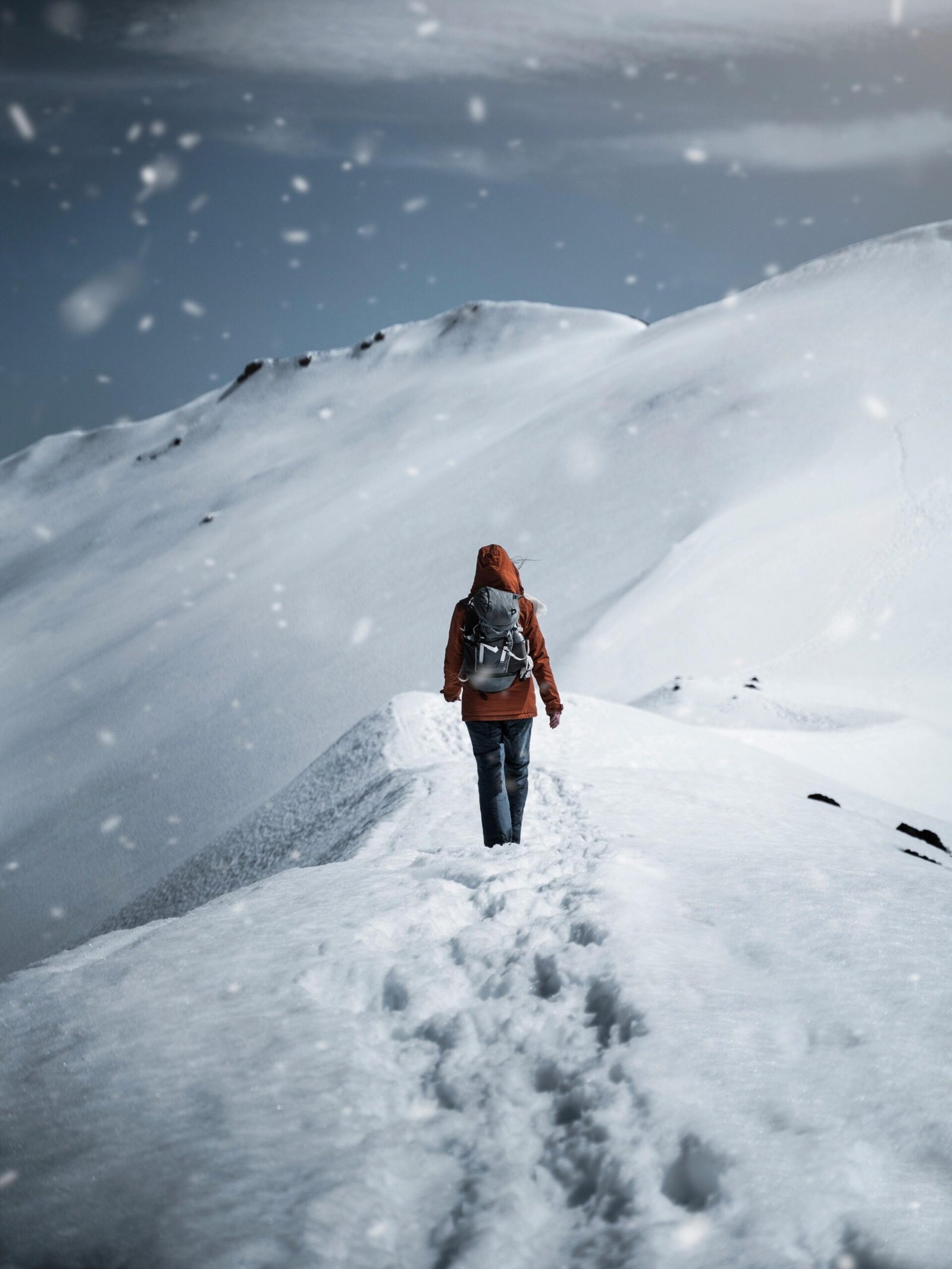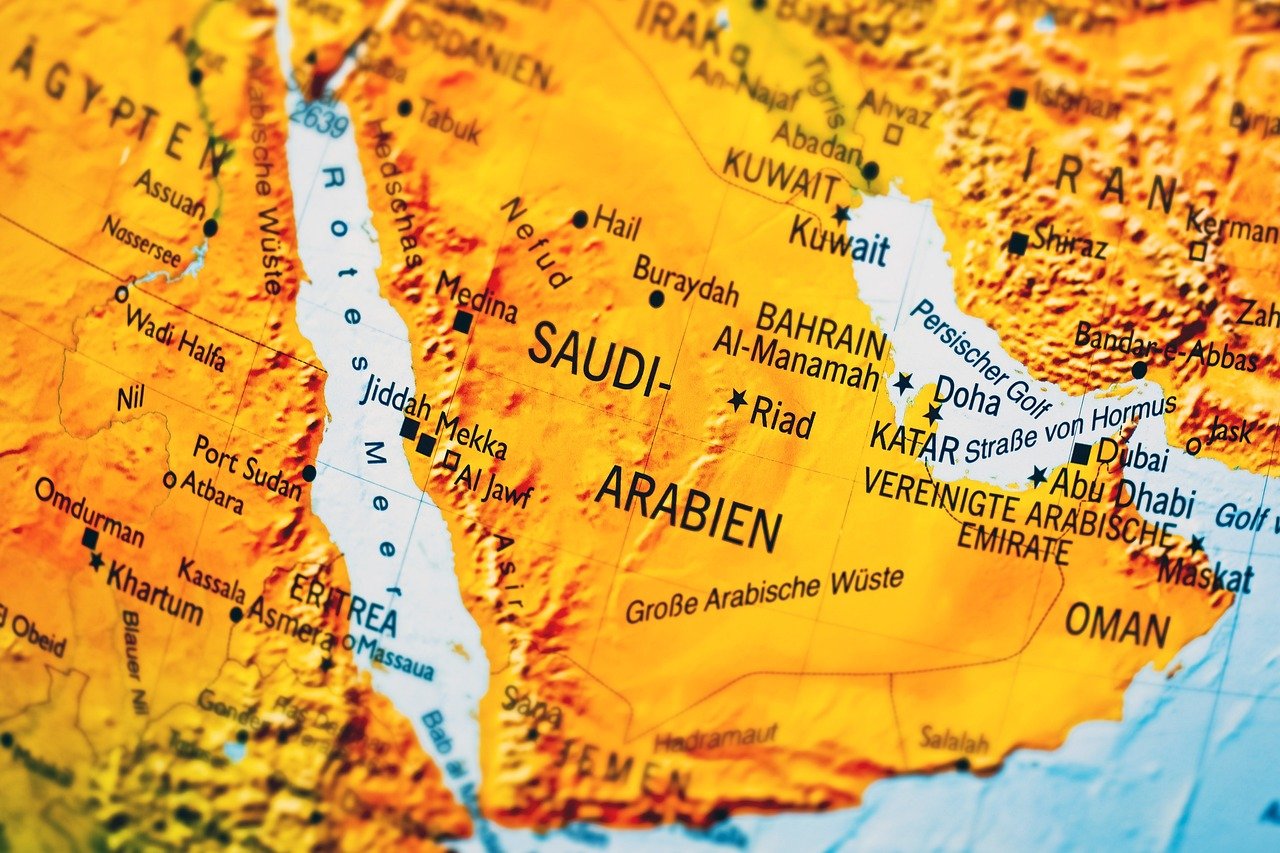Snowfall in Saudi Arabia is a mesmerizing phenomenon that captures the imagination of both locals and tourists. Known for its arid deserts and scorching summers, the Kingdom occasionally transforms into a winter wonderland in certain regions. This article delves into the unique aspects of snowfall in Saudi Arabia, covering its geography, weather patterns, cultural impact, and more.
Regions Where Snowfall Occurs
Snowfall in Saudi Arabia is limited to specific areas where the climate and geography allow for such rare occurrences. The most notable regions include:
- Tabuk: Situated in the northwest, near the Jordanian border, Tabuk is one of the most famous areas for snowfall. Its high elevation and proximity to mountainous terrain make it a prime location for winter weather.
- Al-Jawf: Located in the northern part of Saudi Arabia, Al-Jawf experiences cold winters and occasional snow. The region’s unique topography and cooler temperatures contribute to its suitability for snowfall.
- Asir Mountains: The southern highlands of the Asir region, particularly around Abha, sometimes witness snowfall during extreme cold spells. The combination of altitude and weather patterns in this area creates a stark contrast to the surrounding desert.
These regions are unique not only because of their climatic conditions but also because of their ability to support ecosystems and cultures that are vastly different from the rest of the country.
Weather Patterns Leading to Snowfall
The meteorological conditions required for snowfall in Saudi Arabia are rare but not impossible. Snowfall occurs when:
- Cold Air Fronts: Arctic air masses move southward, bringing freezing temperatures to the northern and elevated regions of Saudi Arabia.
- Low-Pressure Systems: These systems can cause a drop in temperature and precipitation, resulting in snowfall when conditions align.
- High Elevation: Areas at higher altitudes, such as the mountains in Tabuk and Asir, are more likely to experience snow due to cooler temperatures.
These weather patterns are often influenced by broader climatic phenomena, such as shifts in the polar vortex or unusual atmospheric conditions in the Middle East.
Cultural Reactions to Snowfall
Snowfall in Saudi Arabia elicits excitement and wonder among locals and tourists alike. For many Saudis, snow is a rare treat, inspiring:
- Festive Celebrations: Families often flock to snowy areas to enjoy the novelty of the weather.
- Traditional Foods and Drinks: People prepare warm beverages like Arabic coffee and indulge in hearty meals to celebrate the cold.
- Social Media Buzz: Images and videos of snow-covered landscapes quickly go viral, showcasing the Kingdom’s unexpected beauty.
The cultural reactions reflect the joy and fascination of experiencing something so rare in a predominantly desert environment.
Snowfall’s Impact on Tourism
Snow-covered landscapes in Saudi Arabia are a magnet for tourists, both domestic and international. This rare weather phenomenon creates opportunities for:
- Winter Tourism: Resorts and hotels in regions like Tabuk experience a surge in bookings during snowfall.
- Adventure Activities: Tourists enjoy skiing, sledding, and other winter sports in the snow-laden areas.
- Local Economy Boost: Vendors selling warm clothing, food, and souvenirs benefit from the influx of visitors.
Saudi Arabia’s snowy regions present untapped potential for further developing winter tourism.
Activities During Snowfall
When snow blankets parts of Saudi Arabia, the locals and visitors engage in various activities, including:
- Building Snowmen: A favorite pastime for families, often accompanied by creative decorations using traditional items.
- Skiing and Sledding: Though not as developed as in traditional skiing destinations, makeshift skiing on snowy slopes is popular.
- Snowball Fights: A playful activity enjoyed by people of all ages.
These activities bring a sense of community and fun to regions unaccustomed to snow.
Best Time to Visit for Snowfall
The best time to experience snowfall in Saudi Arabia is typically during the winter months, from December to February. Snowfall is most likely to occur during cold spells when Arctic air masses reach the region. Travelers should monitor weather forecasts and plan visits to areas like Tabuk or Al-Jawf during these months.
Additional Activities for Visitors
Apart from enjoying the snow, visitors can explore other activities in these regions:
- Camping: Set up a cozy camp in the mountains and enjoy the serene winter landscapes.
- Photography: Capture the stunning contrast of snow-covered deserts and mountains, a rare sight in the Middle East.
- Local Cuisine: Relish traditional Saudi dishes, such as Kabsa and warm desserts, which are particularly comforting during cold weather.
- Cultural Exploration: Visit historical sites and local markets in the region to experience the unique blend of culture and nature.
Comparison to Other Middle Eastern Snowfalls
Saudi Arabia’s snowfall is comparable to other rare snowfalls in the Middle East, such as:
- Jordan: Snowfall in Amman and other high-altitude areas is more frequent, but similar in its appeal and cultural impact.
- Lebanon: Home to established ski resorts, Lebanon’s snowfall is more predictable and extensive, making it a hub for winter sports.
While less frequent, Saudi Arabia’s snow events are just as captivating and unique.
Ecological and Environmental Impact
Snowfall in Saudi Arabia has several ecological and environmental implications:
- Ecosystem Effects: The snow provides temporary moisture, benefiting local flora and fauna.
- Agriculture: While beneficial in the short term, sudden cold snaps can damage crops.
- Water Resources: Snowmelt contributes to groundwater recharge, albeit minimally, in arid regions.
Understanding these impacts helps in planning for sustainable development and resource management in snowy regions.
Challenges and Preparation for Snowfall
Saudi Arabia faces several challenges during snowfall, including:
- Infrastructure: Roads and transportation systems are often ill-equipped to handle snow.
- Public Safety: Accidents increase due to unfamiliarity with driving in snowy conditions.
- Resource Allocation: Emergency services must quickly adapt to rare weather scenarios.
- Police: 999
- Ambulance: 997
- Fire Department: 998
- Traffic Accident (Road Emergency): 993
- Civil Defense: 998
- Electricity Emergency: 933
- Water Emergency: 920001100
- Saudi Red Crescent (Emergency Medical Services): 997
- Border Security: 992
- Child Helpline: 116111
Efforts to improve preparation include investing in snow-clearing equipment and educating the public about safety measures.
Photography and Scenic Beauty
The visual appeal of Saudi Arabia’s snowy landscapes is undeniable. Key highlights include:
- Stunning Contrasts: Snow-covered dunes and mountains create breathtaking scenery.
- Social Media Trends: Photographers and influencers share captivating images, boosting the regions’ profiles.
- Tourism Promotion: These images play a role in attracting more visitors to experience the rare phenomenon firsthand.
conclusion
Snowfall in Saudi Arabia is a rare and captivating phenomenon that offers a unique contrast to the country’s predominantly desert climate. While the occurrence of snow is limited to specific regions like Tabuk and Asir, it highlights the diverse and unexpected natural beauty that Saudi Arabia has to offer. The rare snow-covered landscapes not only attract tourists but also create opportunities for winter tourism and local celebrations. As Saudi Arabia continues to embrace its natural wonders, the snowfall serves as a reminder of the country’s diverse ecosystems. If you’re interested in visiting the Red Sea, you can check out our blog “Red Sea: A Beautiful Part of Saudi Arabia to Explore.” Just as the Red Sea offers a breathtaking view of marine life and coastal beauty, the snowy mountains offer a glimpse of the unexpected treasures in the kingdom’s diverse natural heritage.



